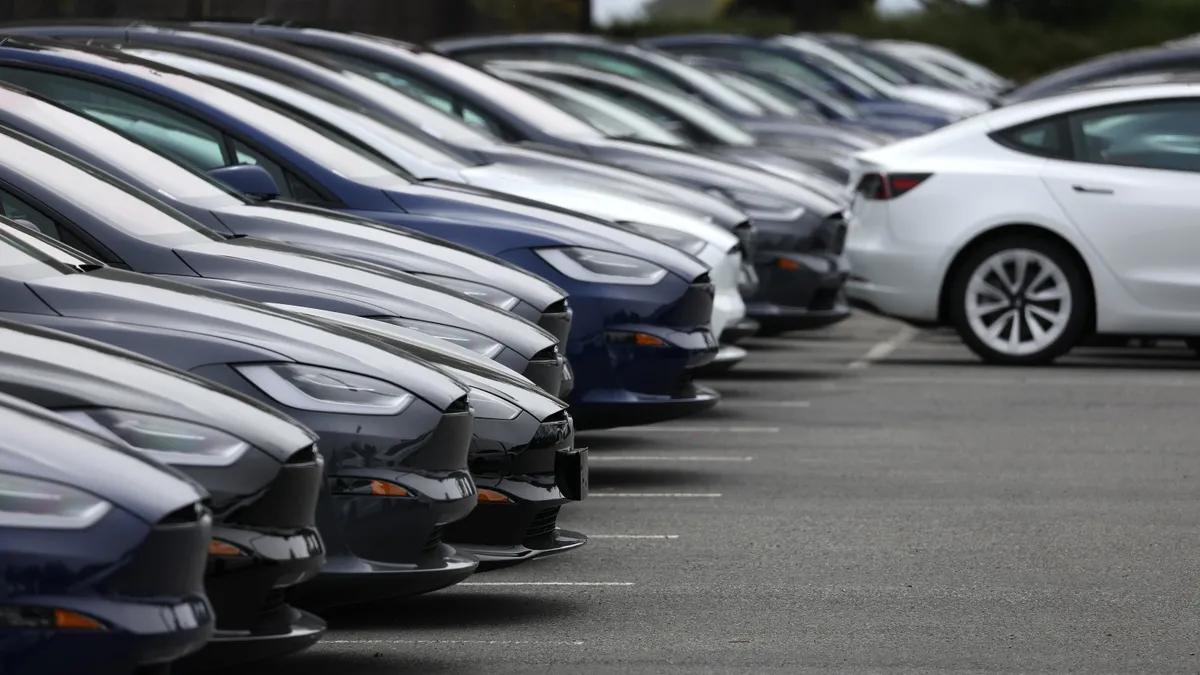Improving the efficiency of average electric vehicles could reduce stress on the electric grid, cut charging costs by about a third and slash vehicle prices by almost $5,000, according to research published Tuesday by the American Council for an Energy-Efficient Economy.
Tesla’s Model Y is the best-selling EV in the U.S. and can go about 3.5 miles/kWh, while many vehicles get closer to 2.5 miles/kWh, according to ACEEE. “At today’s battery prices, reducing the size of a battery by 40% while maintaining the same range translates into a $4,800 savings,” the group said.
And the Model Y does not represent the most efficient EVs, according to the new report. Hyundai’s Ioniq 6 gets 4.2 miles/kWh and the Lucid’s Air Pure is the first EV to achieve 5 miles/kWh, ACEEE said.
“We have made huge gains in the efficiency of gasoline-powered cars, and we must do the same for EVs to lower costs and cut pollution,” Peter Huether, lead author of the paper and senior transportation research associate at ACEEE, said in a statement. “Manufacturing more affordable EVs that use less critical mineral material for batteries means we can produce more EVs and speed the transition away from cars that burn fossil fuels.”
EVs can be made more efficient in several ways. These include designs that reduce drag and weight and advances in drivetrain technology, according to the report. Local and federal governments can also encourage efficiency by setting registration fees based on vehicle weight or linking subsidies to EV efficiency.
Greater EV efficiency means substantially less electricity demand and grid stress, ACEEE noted .
“If all the vehicles on the road were electric and had an average efficiency by today’s standard of 3.4 mi/kWh, they would require approximately 1.2 million additional gigawatt-hours of electricity to power. That is enough electricity to power 113 million homes, and it would require significant increases in generation, transmission, and distribution capacity,” ACEEE said.
If the same number of EVs had an average efficiency equivalent to 4.2 mi/kWh, however, the amount of electricity saved is equivalent to 21 million homes, ACEEE said.
Lowering the cost of EVs may be necessary to speed widespread adoption.
“EV demand growth has slowed sharply in 2024, likely due in part to affordability,” according to a BofA Global Research report published in June. Only 3% of EVs in the U.S. are priced at less than $37,000, according to the research, compared with more than half of gas-powered or hybrid vehicles.















